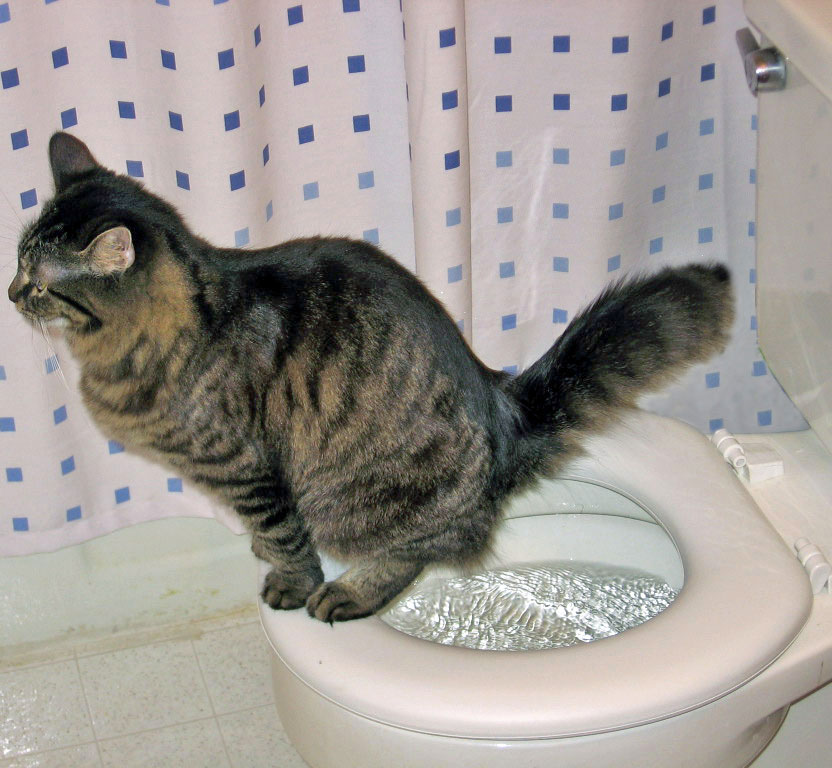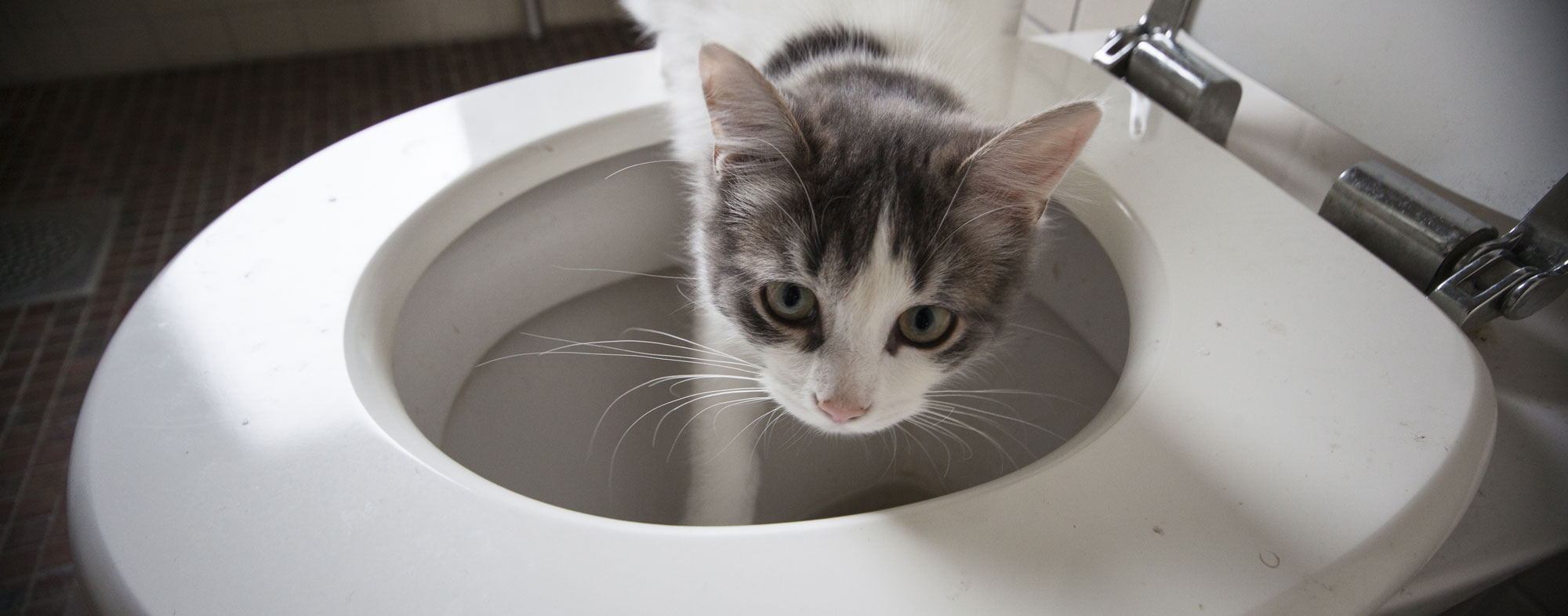Reasons Flushing Cat Poop Down Your Toilet Isn't a Good Idea - Tips for Safer Handling
Reasons Flushing Cat Poop Down Your Toilet Isn't a Good Idea - Tips for Safer Handling
Blog Article
We have noticed this post about Can You Flush Cat Poo or Litter Down the Toilet? directly below on the web and concluded it made good sense to write about it with you in this article.

Introduction
As feline owners, it's important to bear in mind exactly how we get rid of our feline good friends' waste. While it may appear practical to purge cat poop down the bathroom, this practice can have detrimental repercussions for both the setting and human wellness.
Environmental Impact
Flushing feline poop presents damaging microorganisms and parasites right into the water system, positioning a significant threat to aquatic environments. These pollutants can negatively affect aquatic life and concession water top quality.
Wellness Risks
In addition to environmental problems, purging cat waste can also posture wellness risks to people. Cat feces might contain Toxoplasma gondii, a parasite that can trigger toxoplasmosis-- a possibly severe disease, specifically for expectant women and people with damaged immune systems.
Alternatives to Flushing
Fortunately, there are much safer and extra accountable means to deal with pet cat poop. Consider the following alternatives:
1. Scoop and Dispose in Trash
The most usual method of getting rid of feline poop is to scoop it into a naturally degradable bag and throw it in the garbage. Make sure to utilize a committed litter inside story and throw away the waste without delay.
2. Usage Biodegradable Litter
Select biodegradable pet cat trash made from materials such as corn or wheat. These litters are eco-friendly and can be securely gotten rid of in the garbage.
3. Hide in the Yard
If you have a backyard, take into consideration hiding feline waste in an assigned area away from vegetable gardens and water sources. Make sure to dig deep enough to avoid contamination of groundwater.
4. Install a Pet Waste Disposal System
Purchase a pet garbage disposal system particularly designed for cat waste. These systems make use of enzymes to break down the waste, lowering odor and ecological effect.
Verdict
Accountable pet ownership expands beyond supplying food and sanctuary-- it also entails appropriate waste management. By avoiding purging feline poop down the commode and choosing alternative disposal techniques, we can lessen our ecological impact and protect human health and wellness.
Why Can’t I Flush Cat Poop?
It Spreads a Parasite
Cats are frequently infected with a parasite called toxoplasma gondii. The parasite causes an infection called toxoplasmosis. It is usually harmless to cats. The parasite only uses cat poop as a host for its eggs. Otherwise, the cat’s immune system usually keeps the infection at low enough levels to maintain its own health. But it does not stop the develop of eggs. These eggs are tiny and surprisingly tough. They may survive for a year before they begin to grow. But that’s the problem.
Our wastewater system is not designed to deal with toxoplasmosis eggs. Instead, most eggs will flush from your toilet into sewers and wastewater management plants. After the sewage is treated for many other harmful things in it, it is typically released into local rivers, lakes, or oceans. Here, the toxoplasmosis eggs can find new hosts, including starfish, crabs, otters, and many other wildlife. For many, this is a significant risk to their health. Toxoplasmosis can also end up infecting water sources that are important for agriculture, which means our deer, pigs, and sheep can get infected too.
Is There Risk to Humans?
There can be a risk to human life from flushing cat poop down the toilet. If you do so, the parasites from your cat’s poop can end up in shellfish, game animals, or livestock. If this meat is then served raw or undercooked, the people who eat it can get sick.
In fact, according to the CDC, 40 million people in the United States are infected with toxoplasma gondii. They get it from exposure to infected seafood, or from some kind of cat poop contamination, like drinking from a stream that is contaminated or touching anything that has come into contact with cat poop. That includes just cleaning a cat litter box.
Most people who get infected with these parasites will not develop any symptoms. However, for pregnant women or for those with compromised immune systems, the parasite can cause severe health problems.
How to Handle Cat Poop
The best way to handle cat poop is actually to clean the box more often. The eggs that the parasite sheds will not become active until one to five days after the cat poops. That means that if you clean daily, you’re much less likely to come into direct contact with infectious eggs.
That said, always dispose of cat poop in the garbage and not down the toilet. Wash your hands before and after you clean the litter box, and bring the bag of poop right outside to your garbage bins.
https://trenchlesssolutionsusa.com/why-cant-i-flush-cat-poop/

I hope you enjoyed our topic on Don’t flush cat feces down the toilet. Thank you for spending some time to browse our content. You should take the opportunity to distribute this content if you enjoyed it. We value reading our article about Can You Flush Cat Poop Down The Toilet?.
Get Quote Now Report this page